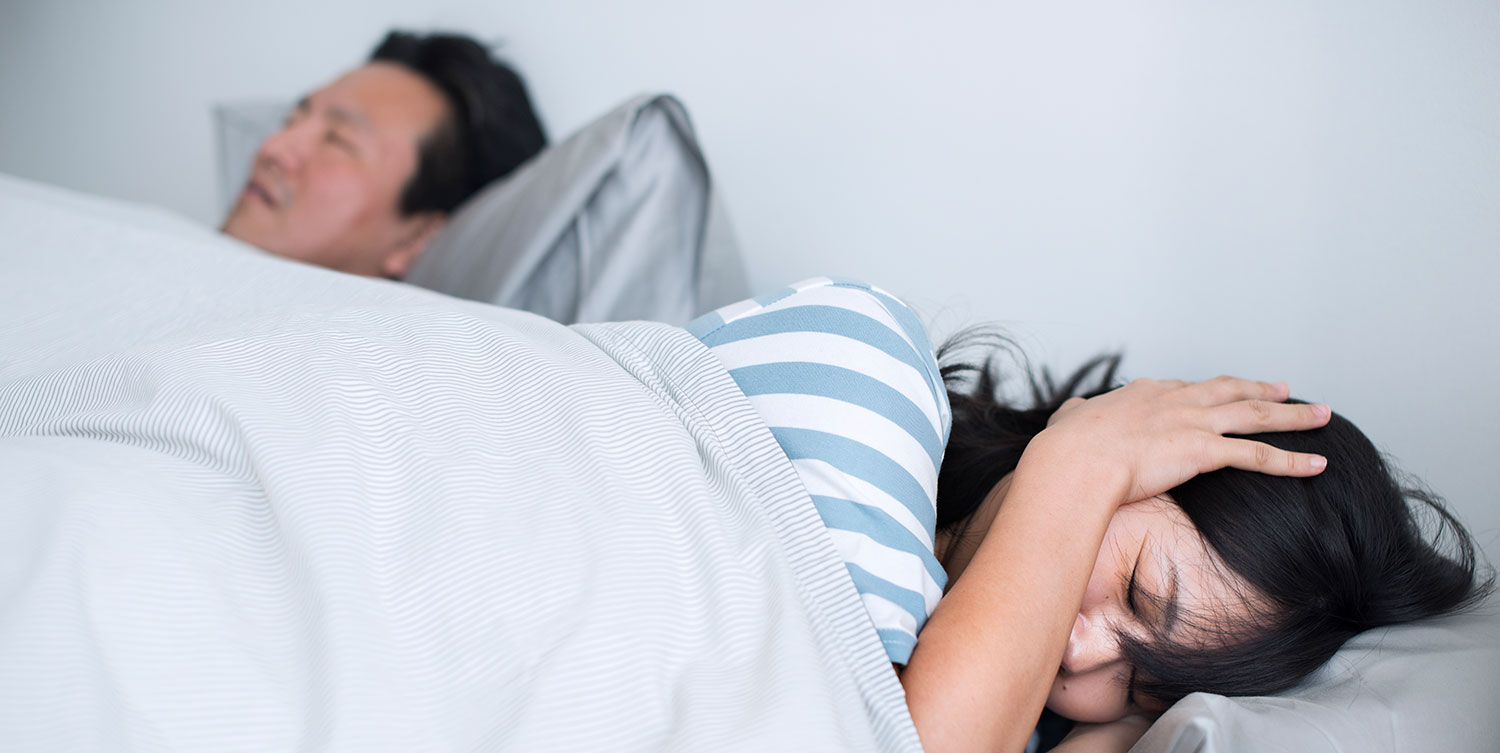Sleep apnea is a sleep disorder characterized by pauses in breathing during sleep. These pauses, or apneas, can last for several seconds and occur multiple times throughout the night, disrupting normal sleep patterns and leading to a range of negative health consequences.
Diagnosing sleep apnea typically involves a combination of medical history, physical examination, and sleep studies. Here’s what you need to know about sleep apnea and its diagnosis.
What is sleep apnea? Sleep apnea is a common sleep disorder that affects millions of people worldwide. It occurs when the muscles in the back of the throat fail to keep the airway open during sleep, causing breathing to stop or become shallow. This can lead to a decrease in oxygen levels in the blood, which in turn triggers the brain to wake up and resume breathing. These brief awakenings can occur many times throughout the night, disrupting normal sleep patterns and leaving you feeling exhausted and fatigued during the day.
Types of sleep apnea There are three main types of sleep apnea:
- Obstructive sleep apnea (OSA): This is the most common type of sleep apnea, accounting for 80-90% of cases. It occurs when the muscles in the back of the throat relax and block the airway during sleep.
- Central sleep apnea (CSA): This type of sleep apnea is less common and occurs when the brain fails to signal the muscles to breathe.
- Complex sleep apnea syndrome (CompSA): This is a combination of OSA and CSA, where the airway is blocked initially, but then the brain fails to signal the muscles to breathe.
Symptoms of sleep apnea The most common symptoms of sleep apnea include loud snoring, gasping or choking during sleep, daytime sleepiness and fatigue, morning headaches, and difficulty concentrating. Other symptoms may include irritability, depression, and mood swings.
Diagnosis of sleep apnea Diagnosing sleep apnea typically involves a combination of medical history, physical examination, and sleep studies. Your doctor may ask you about your sleep habits, any symptoms you’ve been experiencing, and your medical history. They may also perform a physical exam, which can include evaluating the back of your throat and neck for any signs of obstruction.
If your doctor suspects that you have sleep apnea, they may recommend a sleep study. A sleep study typically involves spending the night at a sleep center, where you’ll be hooked up to monitors to track your breathing, oxygen levels, heart rate, and other bodily functions while you sleep. This can help your doctor determine the severity of your sleep apnea and develop an appropriate treatment plan.
Treatment options for sleep apnea The treatment for sleep apnea depends on the severity of the condition. For mild cases of sleep apnea, lifestyle changes such as losing weight, quitting smoking, and avoiding alcohol and sedatives before bed may be sufficient. For more severe cases, treatment may involve using a continuous positive airway pressure (CPAP) machine, which delivers a steady stream of air through a mask to keep the airway open during sleep. Other treatment options may include oral appliances, surgery, or positional therapy.
In conclusion, sleep apnea is a common sleep disorder that can have serious health consequences if left untreated. If you suspect that you may have sleep apnea, it’s important to seek a diagnosis and treatment as soon as possible to improve your sleep quality and overall health.

